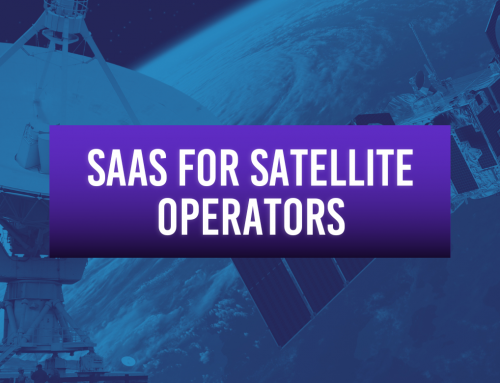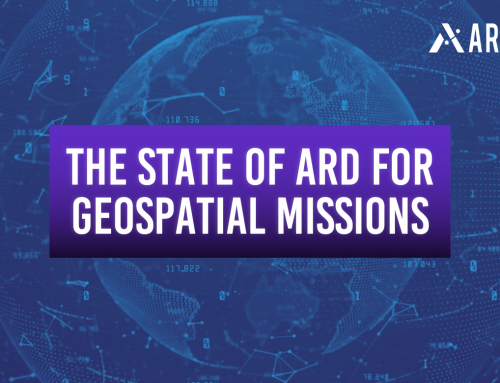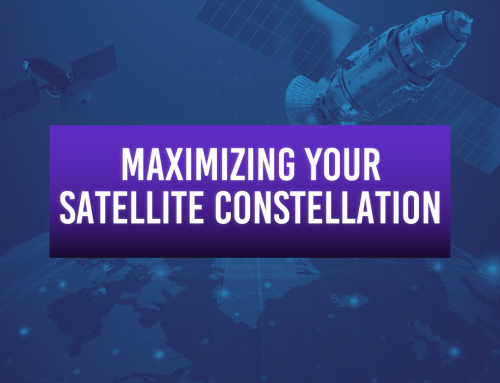Navigating the New Space Economy: The Competitive Edge of SaaS Infrastructure for Satellite Operators
In today’s evolving geospatial industry, Software-as-a-service (SaaS) is providing a competitive edge to satellite operations. The commercialization of space is making it more accessible than ever before. This boom of innovation and growth has created what is known as the New Space Economy. Through scalable, efficient, and cost-effective solutions, SaaS infrastructure is helping satellite operators to navigate New Space and shaping the future of SaaS technology.
Economics of SaaS vs. Traditional Infrastructure
There has been a shift in how satellite operators approach their ground infrastructure. Traditionally, operators installed their software directly onto their computers or servers. This was a labor intensive process, requiring manual installation, maintenance, and software updates with a high upfront cost. Having your data stored locally, enables complete control over security and access features. However, it requires users to have direct access to the hardware where the data is stored.
With SaaS infrastructure, software is easily available on a web browser, and you can access your data from anywhere in the world. Costs are predictable with regular payments and there is easy flexibility to adjust in order to scale and meet new business requirements. All maintenance and updates are taken care of by the software provider, which reduces the technical burden on users and ensures they always have the most up to date version.
SaaS For New Business Models
The growth of SaaS has enabled new business models to become established. The “as-a-service” model shifts the traditional goods-centered idea to a service-centered one, bringing more value to users’ products. This shift has been applied to many other aspects of the geospatial industry. Data-as-a-service and Insights-as-a-service leverage different parts of the consumer pipeline within the industry, providing new tools and solutions to help both users and operators make the most of their satellite data. For example, Arlula’s Geostack, provides a scalable, user facing SaaS that helps operators to streamline order management, data archiving and satellite scheduling. Each of these “as-a-service” models redefine traditional workflows by simplifying complex processes and creating opportunities for businesses to scale and adapt with a growing space industry.
Case Study
Take a look at the Ranger app. Skytec, a conservation start-up, developed the app which uses drone and satellite data to detect environmental changes. In order to better manage their imagery data to meet their clients needs, Skytec turned to SaaS. Working with ArcGIS Image for ArcGIS Online, Skytec was able to better store and access their imagery, ultimately cutting down on the time and effort it took to process their imagery assets. Leveraging SaaS has streamlined the overall process from onboarding clients to deliverables. Skytec’s clients are now able to go to market quickly, scale their efforts and ultimately improve their change detection capabilities.
Industry Outlook
Interest in technological advancements within the New Space Economy is continuing to grow among companies and stakeholders. As new satellites are launched and petabytes of data are downloaded around the world, there is opportunity to find a niche within the industry to provide a SaaS product. While still relatively young, it is a growing and changing market that will no doubt continue to impact the space industry for years to come.
Check out the previous installments in the Satellite operator series here!
Want to keep up-to-date?
Follow us on social media or sign up to our newsletter to keep up to date with new product releases and case studies.




